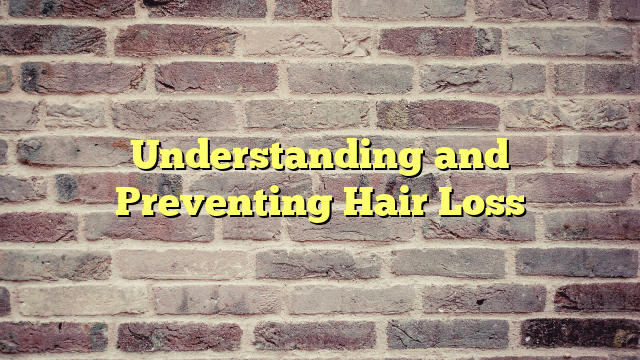The Truth On Hair Loss Myths…
The Truth On Hair Loss Myths…
You might be surprised to learn that many people are unable to untangle fact from fiction when it comes to hair loss. Some of the blame lies with the many companies and individuals exploiting hair loss myths in order to sell bogus hair products. Other myths may linger because people with hair loss, particularly women, are reluctant to talk about an issue that remains sensitive and sometimes emotional. The timing and pattern of pattern baldness is also different in men and women.
While men tend to start losing hair in the 30s and 40s, hair loss begins in the 40s or 50s in women, though it can occur as early as the 20s. And while men first lose hair in the front and at the top of the head, women’s hair thins diffusely throughout the scalp.
Until recently, women have been reluctant to seek treatment, but hair restoration surgeons say that women make up more and more of their practices. In reality, hair loss is just as common in women as it is in men, though the degree of loss tends to vary by gender. ‘By the age of 50, over 50 percent of men have significant hair loss.’ Dr. McAndrews says.
‘For women, about 25 percent have significant hair loss by the age of 50, though it may be less apparent because women are more conscientious about hiding it than men are.’ For most people, hair loss is a result of a genetic predisposition. For some, however, hair loss may result from a condition called telogen effluvium. Telogen effluvium is a condition where a lot of hair may fall out in a relatively short period of time.
The most common causes are childbirth, high fever, severe illness and even high stress. In most cases this type of hair loss is temporary. Other common causes are like inadequate protein or iron in your diet, or poor nourishment caused by fad diets or an eating disorder. Chemicals used for dying, bleaching, straightening or perming hair as well as excessive hairstyling or hairstyles that pull your hair too tight can also cause gradual hair loss.


